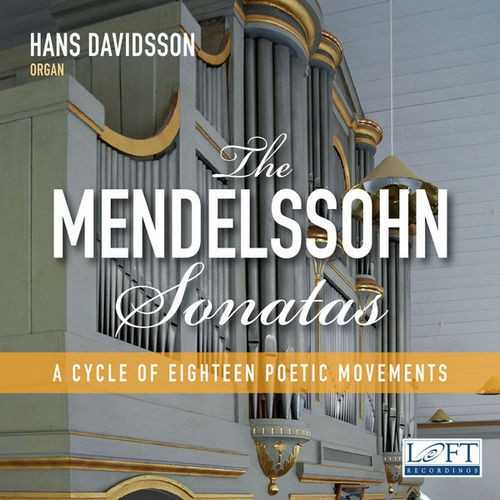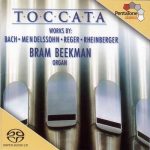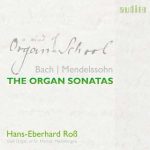
Composer: Felix Mendelssohn
Performer: Hans Davidsson
Audio CD
Number of Discs: 1
Format: FLAC (tracks)
Label: Loft
Size: 1.39 GB
Recovery: +3%
Scan: yes
Organ Sonata No. 1 in F minor, Op. 65 No. 1
01. I. Allegro moderato e serioso
02. II. Adagio
03. III. Andante recitativo
04. IV. Allegro assai vivace
Organ Sonata No. 2 in C minor, Op. 65 No. 2
05. I. Grave – II. Adagio
06. III. Allegro maestoso e vivace – IV. Fuga. Allegro moderato
Organ Sonata No. 3 in C Minor, Op. 65 No. 3, MWV W 58
07. I. Con moto maestoso
08. II. Andante tranquillo
Organ Sonata No. 4 in B-Flat Major, Op. 65 No. 4, MWV W 59
09. I. Allegro con brio
10. II. Andante religioso
11. III. Allegretto
12. IV. Allegro maestoso e vivace
Organ Sonata No. 5 in D Major, Op. 65 No. 5, MWV W 60
13. Ia. Andante
14. Ib. Andante con moto
15. II. Allegro maestoso
Organ Sonata No. 6 in D Major, Op. 65 No. 6, MWV W 61
16. I. Chorale. Andante sostenuto – Allegro molto
17. II. Fuga. Sostenuto e legato
18. III. Finale. Andante
Felix Mendelssohn’s colleagues and contemporaries regarded the grand sonatas as the most important cycle of organ compositions since the time of Johann Sebastian Bach. They interpreted the expressive and dramatic movements of the Sonatas with poetic meaning, based on what a contemporary critic called their spiritual dimensions. This viewpoint challenges the common contemporary understanding and interpretation of these works. Widely considered one of the greatest organ virtuosi of his time, Mendelssohn played the cycle as a whole at an informal premier in Frankfurt in 1845. Conceived and perceived as a single large-scale work, the Sonatas seem to have a symphonic scope. Yet, eighteenth-century central German organs were Mendelssohn’s preferred style. The descriptions of Mendelssohn’s sensitive touch, differentiated articulation, brilliant technique, and expressive playing, as well as his original metronome indications, inspire us to take a fresh approach to the Sonatas. In recent years, Hans Davidsson’s studies of the Sonatas and early nineteenth-century performance have brought new perspectives to our understanding of these works. Traditionally the individual Sonatas might be “authentically” played as single, separate pieces on a German Romantic organ, contemporaneous with Mendelssohn’s lifetime. Instead, Davidsson has chosen to play the complete eighteen-movement cycle on an early nineteenth-century organ, an instrument with unique character, sensitivity, transparency, and rich color. For the performer, this instrument brings new interpretive possibilities to the Sonata cycle, based on what is known about Mendelssohn’s own performances. For the listener, these new interpretations are given voice on one of the best preserved historical organs in northern Europe- the instrument built for the church in Gammalkil, Sweden, by Pehr Schiorlin in 1806.



